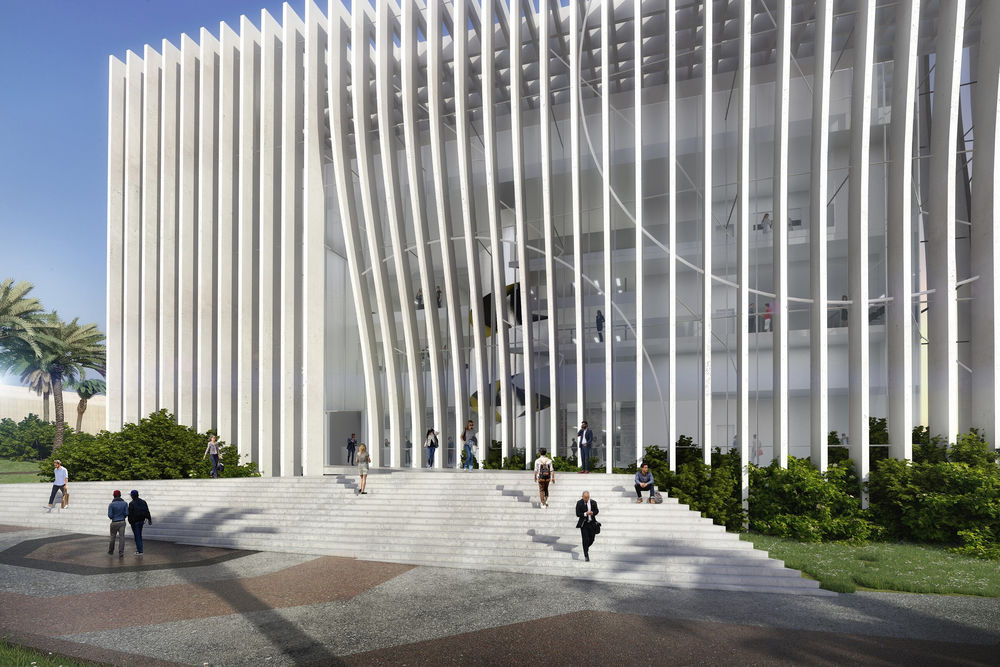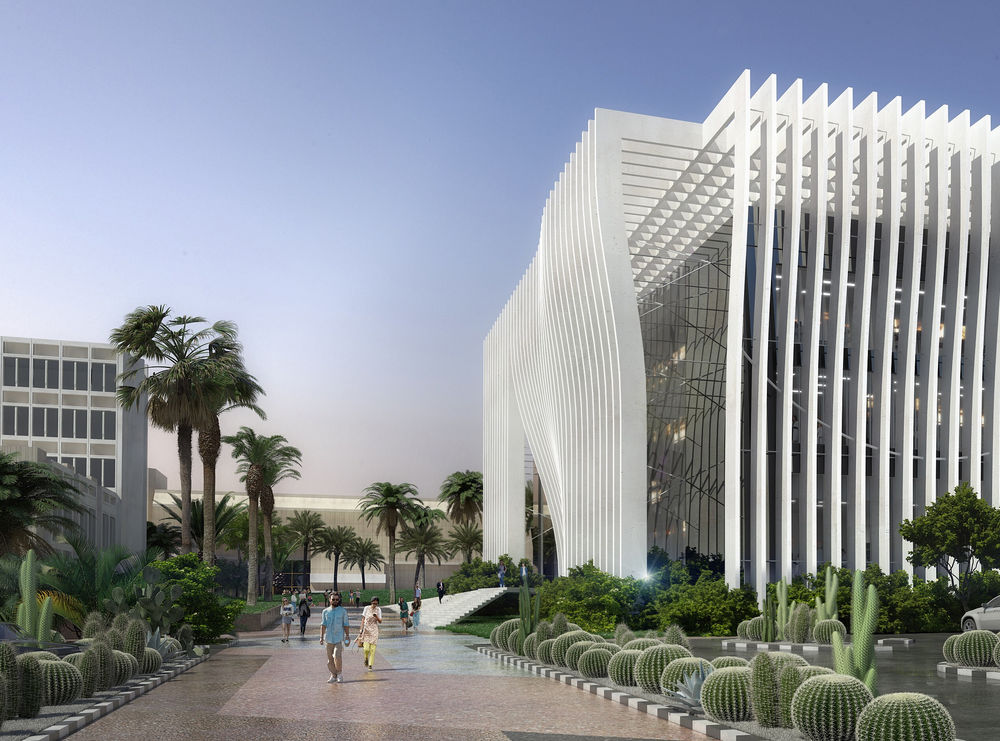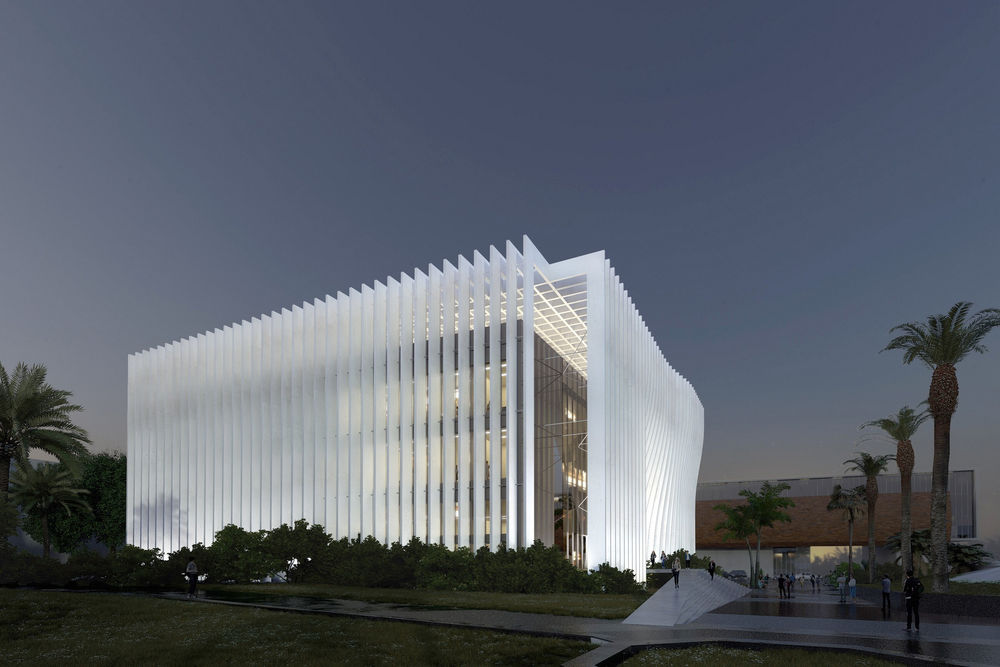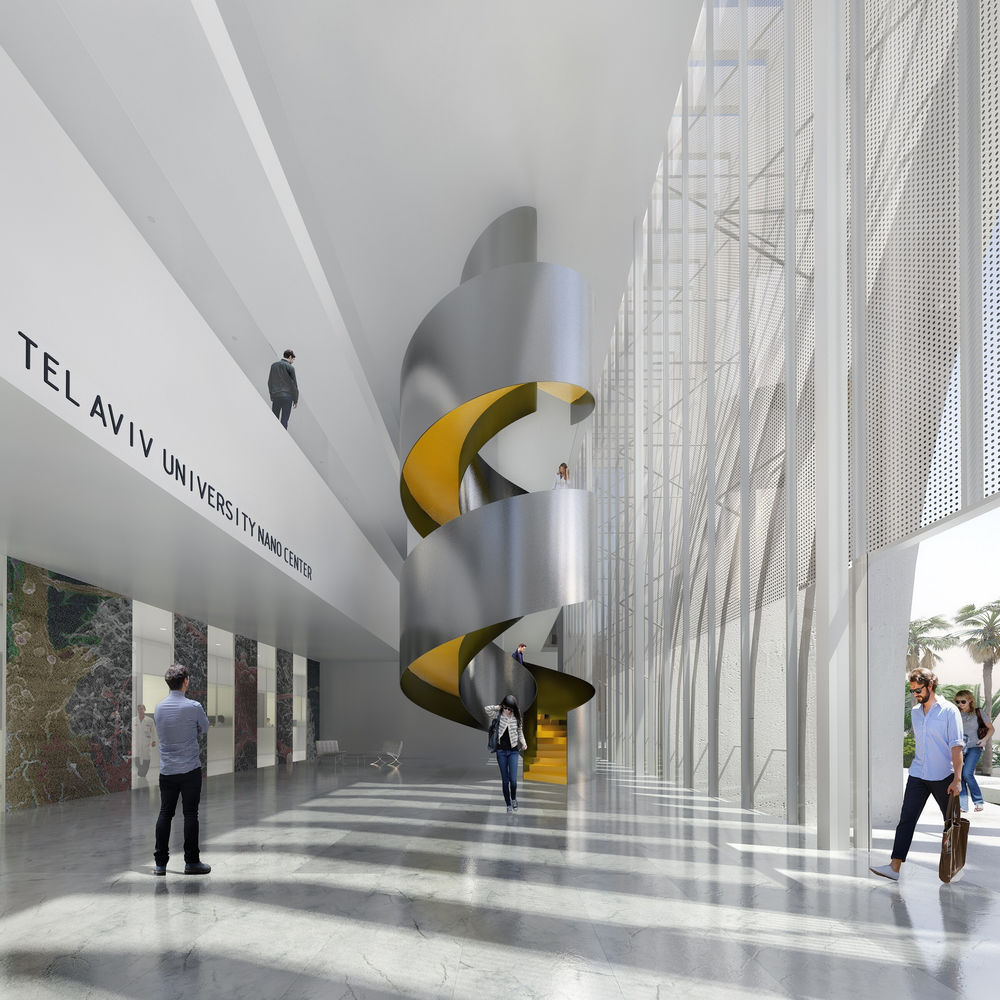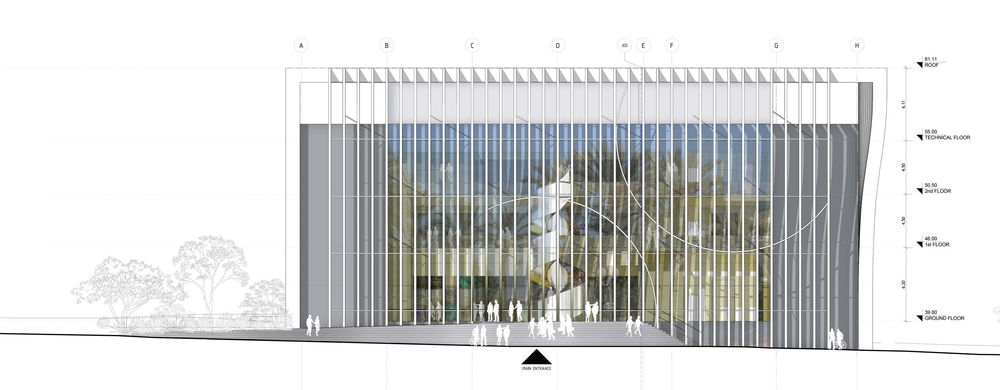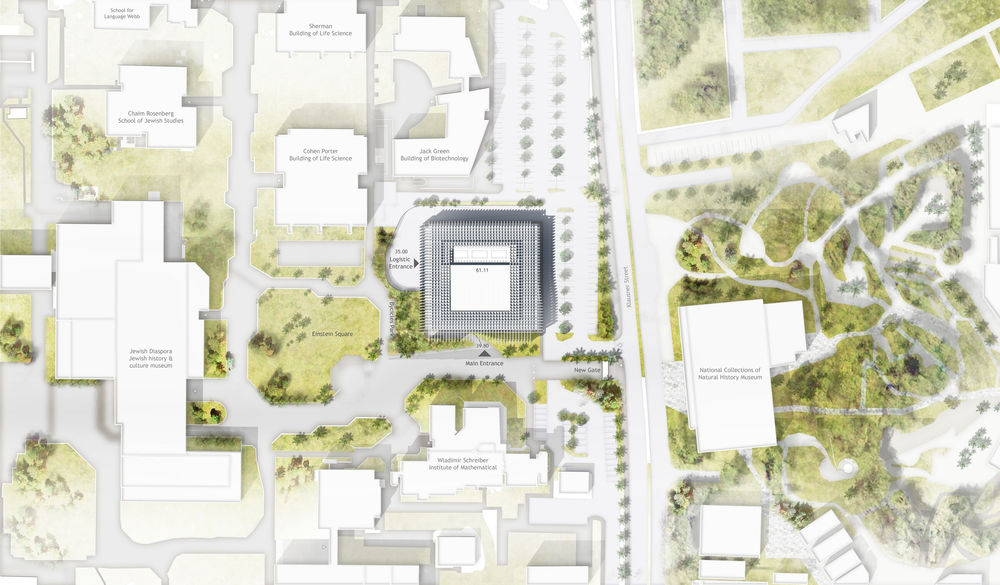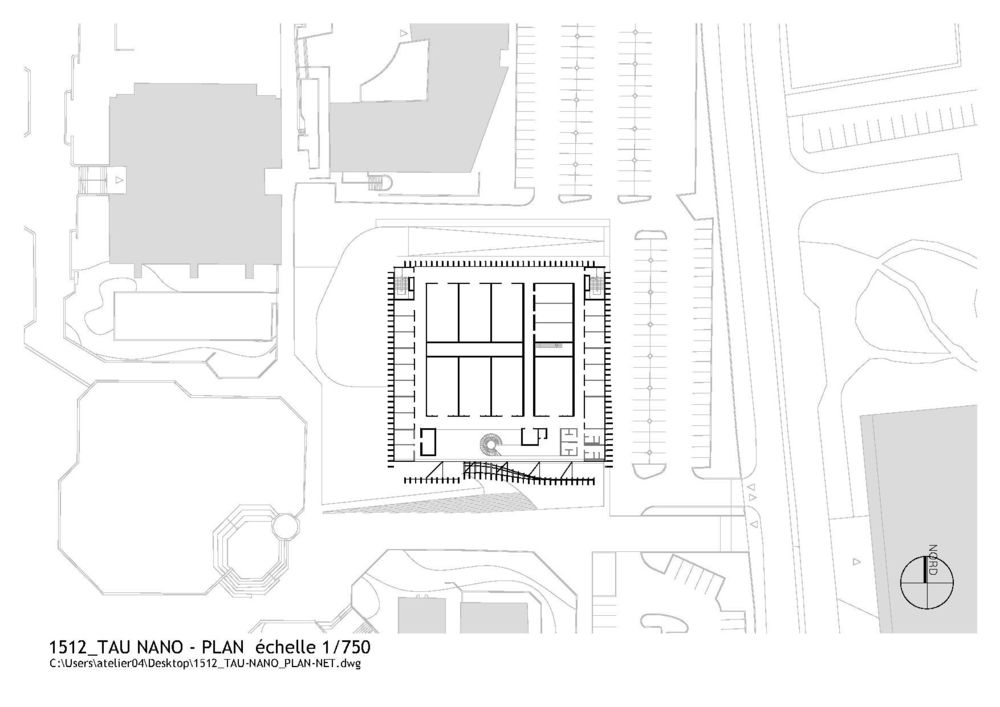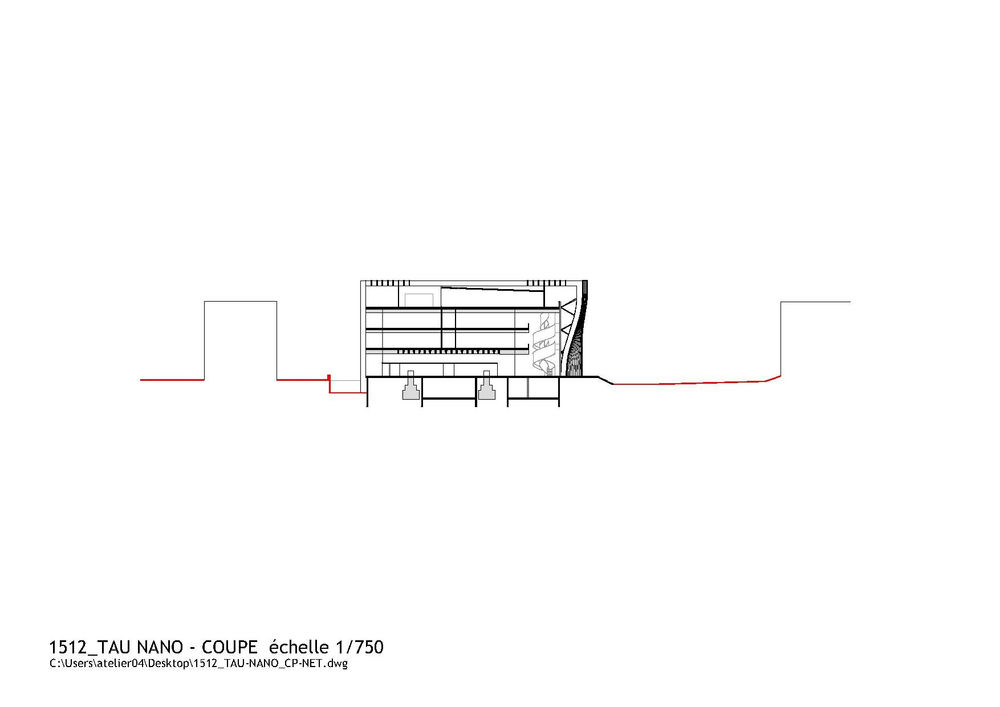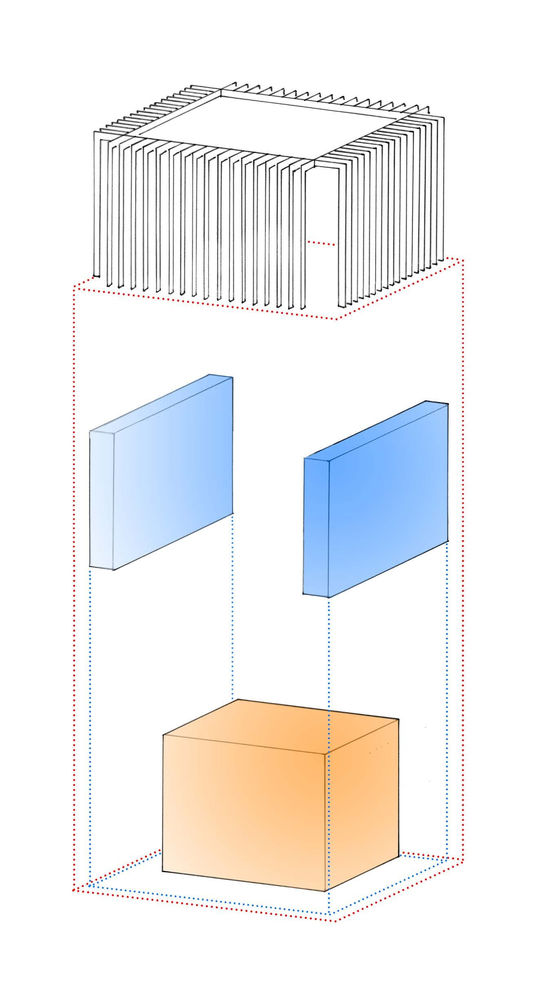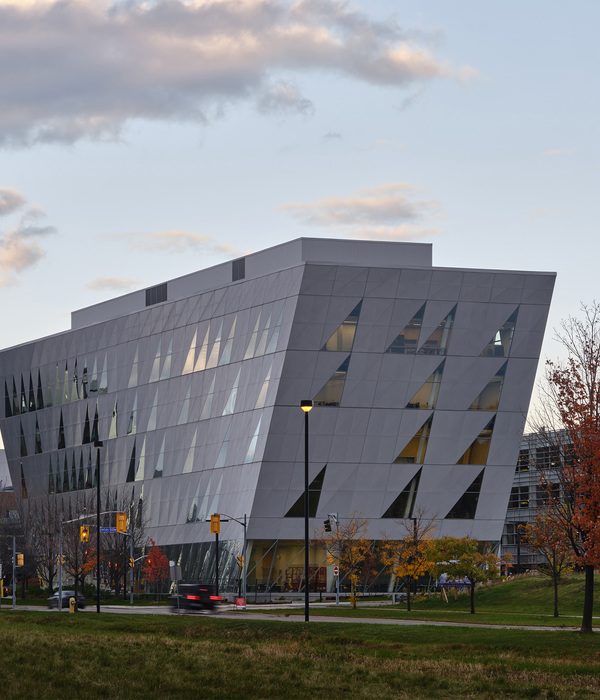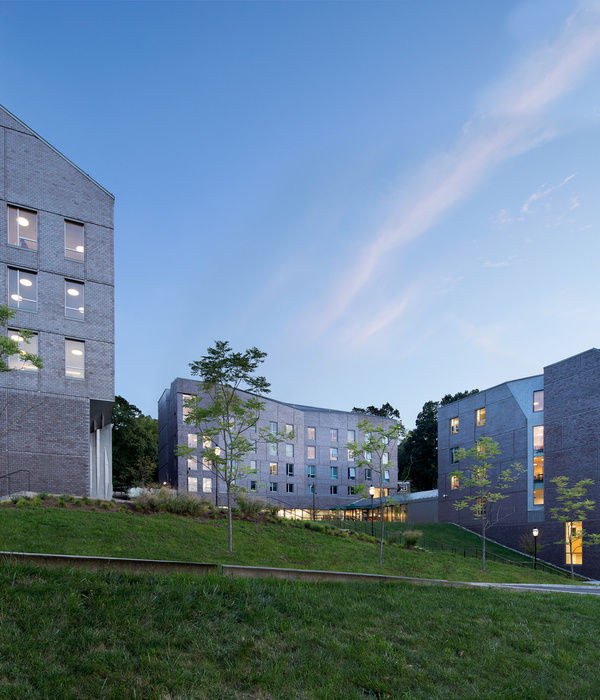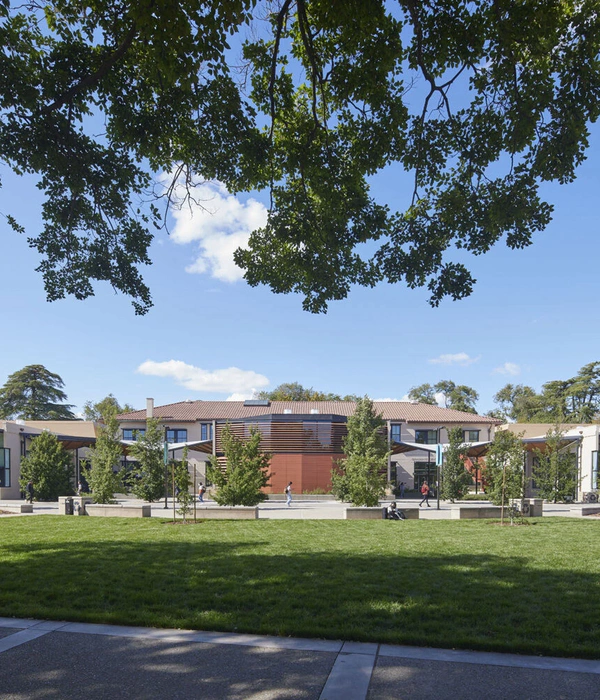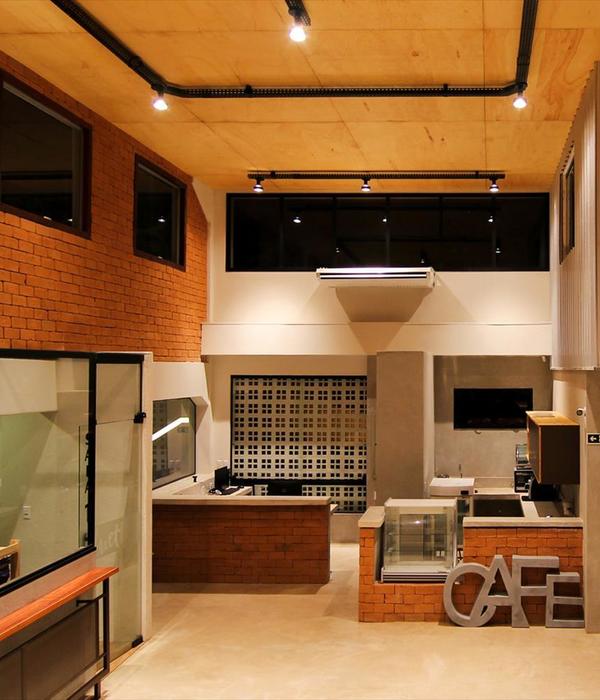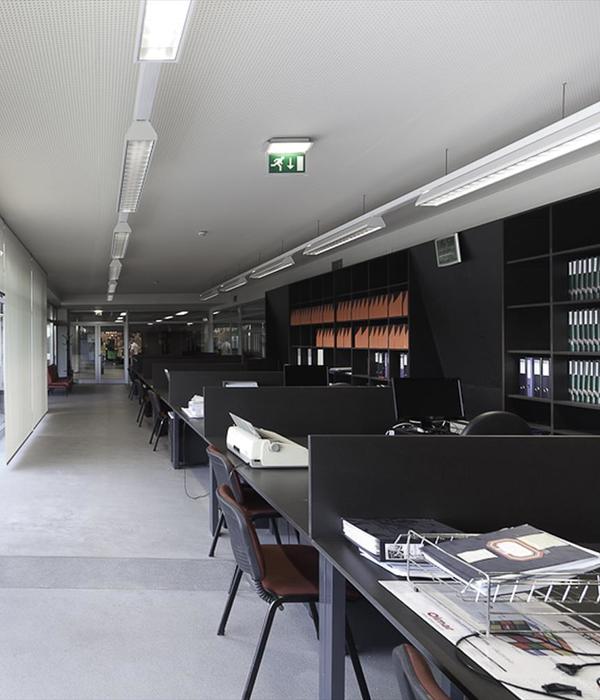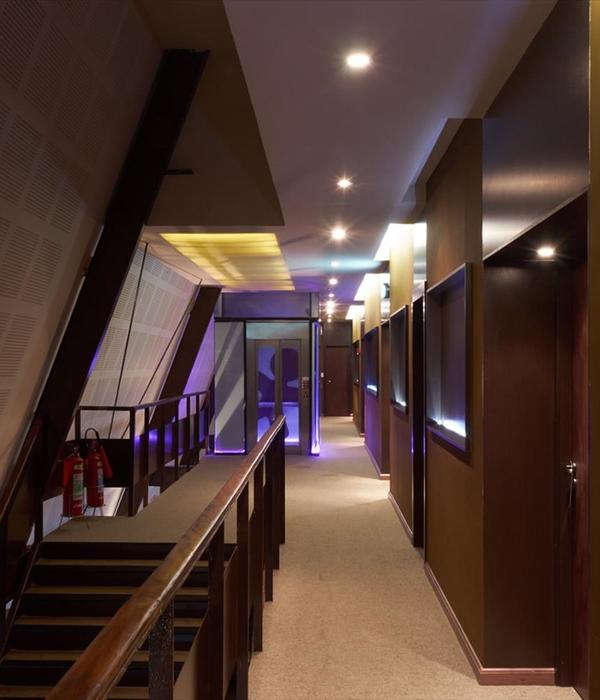技术创新与建筑艺术的完美结合
Architect:Michel Rémon & Associés
Location:Tel Aviv, Israel
Project Year:2020
Category:Research Facilities;Universities
Tel Aviv University has chosen the winning project of the Open International Competition for the new Nanoscience and Nanotechnology Centre. The project of French studioAtelier d’Architecture Michel Remon famous for its works for research centers in France was selected as a result. One of the most technological and cutting-edge buildings in the Middle East will be completed by 2020.
The other two architectural companies were Jestico+Whiles Associates (UK) and Zarhy+Pez (Israel/Switzerland). According to Tel Aviv University, the proposal of Atelier d’Architecture Michel Remon fits the local context and identity of Tel Aviv and the University campus and reflects the advanced progress in science, technology and innovation, which is very important for the new center and for the spirit of the Tel Aviv Campus. The final decision was made after a 6-month selection process, with the winner chosen from 128 applicantsfrom around the world.
Joseph Klafter, President of Tel Aviv University: “The final choice of the Nano building reflects the synergy between the technical needs defined by the research teams and our desire to provide an open and welcoming research environment. I have no doubt that the new building will help inspire outstanding research and global collaborations”.
Alexis Peyer, architect, Atelier d’Architecture Michel Remon: “We chose this competition because we like to challenge areas where science meets human endeavor and progress. And nanoscience and nanotechnologies are one of the humanity's greatest endeavors.The most interesting and challenging aspect of this project was to design a very technical building specifically for scientific research while keeping a strong and iconic architecture dedicated to the Tel Aviv University campus”.
Atelier d’Architecture Michel Remon has considerable experience in designing projects for technological buildings: the studio developed a project for the National Research Centre for Scientific Research (Meudon, suburb of Paris), the Physics and Biology Laboratories for EcolePolytechnique (Palaiseau, suburb of Paris), the National Solar Energy Institute (Savoy), the Paris-Saclay Research Сentre of Air Liquide.
The project for Tel Aviv University presents a matrix of vertical lines creating a “skin” covering the three-storey building. The structure will enable natural light control and balance out the interior-exterior ratio. Visually, the building will not feature windows or doors. Among the energy efficiency solutions suggested by the company is special glass to optimize sun energy, natural ventilation, solar panels to cool the building and a rainwater collection system. The building has an area of 6000 sq. m and it is planned to be completed by 2020.
The competition consisted of a prequalification stage and two main stages. The prequalification stage, which was completed at the end of October, required the applicants to submit application forms and send their portfolios. 128 application forms were submitted at the prequalification stage. 21 applicants were selected to proceed to the first stage of the competition. They presented the work of their companies and project development strategies via Skype interviews. As a result, six out of 21 participants from around the world were selected for design proposals. Each of the six participants received a 50 thousand dollar grant. The final presentation took place on February 26 2016. The six participants who presented their architectural concepts for the centre were: Elemental S&A; (Chile) in consortium with SchlaichBergermann Partner, Jestico+Whiles Associates (UK) in consortium with CH2M, Ramboll UK Limited and Bruce Shaw, Office of Architecture in Barcelona (Spain), Atelier d'Architecture Michel Remon (France) consortium WSP France, Why (US), Zarhy+Pez (Israel/Switzerland) consortium RAPP Building Technology Ltd. и S.Ben Avraham Engineering Ltd. The participants were selected in November.
The new laboratory building will become a working space for over 120 scientists and engineers who will collaborate with one of the most significant universities in Israel. According to the technical report, 12 research labs will be situated on three floors: physical, biophysical, neural engineering, molecular electronics and other labs, as well as office and public areas.
Exceedingly high requirements for design strategies are the unique feature of this project. Some laboratories require complete design accuracy: construction errors must not exceed 1 mm for every 100 sq. m. Moreover, a typical laboratory consumes five times more water and energy per sq. m. than offices and houses. That is why energy efficiency and engineering solutions are of significant importance in this project.
Equally important is the fact that Tel Aviv University is a unique open-air museum of contemporary architecture and plastic arts created during the last five decades. The campus is significant for both its architecture and art installations that have been realized throughout its history. It was designed according to the principles of the Bauhaus in the early 1960s as a strict geometry of rectangular slabs and simple faculty and laboratory buildings.
▼项目更多图片
